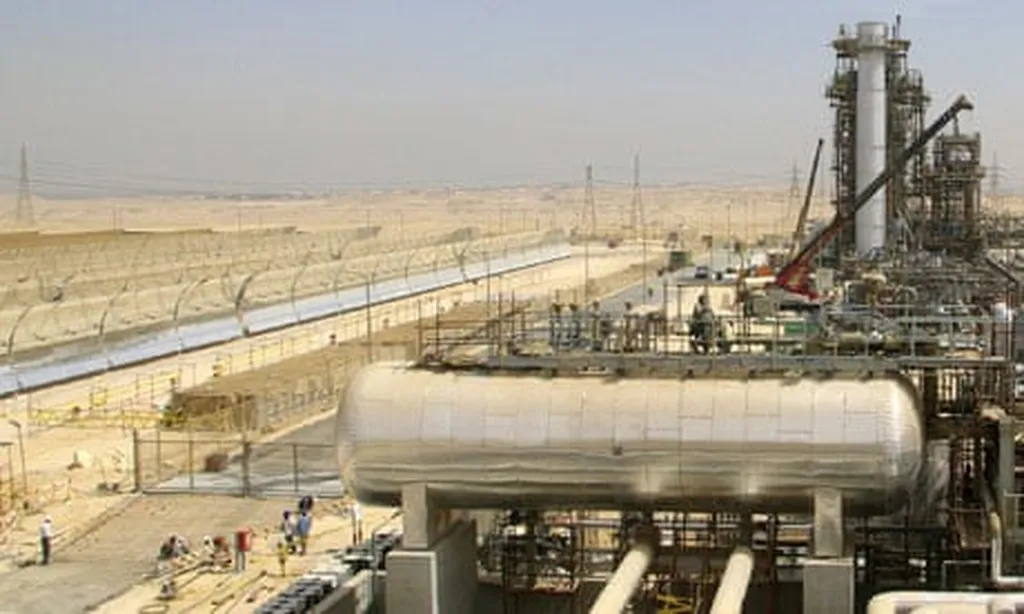In the heart of the Mediterranean, where the sun bakes the earth and rain comes in sudden, fierce downpours, soil erosion is a relentless force, threatening the very foundation of agriculture. A recent study published in *Scientific Reports* has shed new light on this pressing issue, offering a roadmap for combating land degradation in regions like Algeria’s Mitidja Plain. The research, led by Mohamed E. Fadl of the National Authority for Remote Sensing and Space Sciences (NARSS), integrates advanced technologies to assess soil erosion risk, providing a blueprint for sustainable land management.
The Mitidja Plain, a vital agricultural hub, is under siege from erosion, with 41% of its land at severe risk. The study reveals that the average soil loss is a staggering 88.72 tons per hectare per year, with some areas losing up to 161.13 tons annually. These figures are not just statistics; they represent a dire threat to the region’s biodiversity, agricultural productivity, and long-term soil sustainability.
The research team employed a powerful combination of tools: the Revised Universal Soil Loss Equation (RUSLE), the Analytical Hierarchy Process (AHP), Geographic Information System (GIS) techniques, and cloud-based geospatial analysis via the Google Earth Engine (GEE) platform. This integration allowed them to process high-resolution datasets on rainfall, topography, soil properties, and land cover, deriving critical factors such as rainfall runoff erosivity, soil erodibility, and slope characteristics.
“By leveraging cloud-based geospatial analysis, we were able to achieve a level of precision and efficiency that would have been unattainable with traditional methods,” Fadl explained. “This approach not only enhances our understanding of soil erosion dynamics but also provides a robust framework for decision-making.”
The study identified slope characteristics as the most influential factor in soil erosion, with areas where slopes exceed 22° being particularly vulnerable. Forested regions, covering 30% of the study area, played a crucial role in mitigating erosion risk. In contrast, unprotected mountainous zones, which make up 22% of the region, require immediate intervention to prevent further degradation.
The commercial implications for the agriculture sector are profound. Soil erosion directly impacts crop yields and soil fertility, leading to significant economic losses. By identifying high-risk areas and implementing targeted conservation strategies, farmers and agricultural businesses can protect their investments and ensure long-term productivity. The study recommends terracing, check dams, vegetation restoration, and adaptive agricultural practices to reduce soil loss, particularly in areas with moderate to high vulnerability.
“This research provides a replicable framework for other Mediterranean regions facing similar erosion pressures,” Fadl noted. “By offering robust spatial data, we can guide soil management and conservation planning, ultimately supporting the agricultural sector and ensuring food security.”
The integration of RUSLE, AHP, GIS, and cloud-based geospatial analysis represents a significant advancement in the field of soil erosion assessment. This methodology not only enhances our understanding of land degradation but also offers practical solutions for mitigating its impacts. As climate change continues to exacerbate erosion risks, the need for innovative, data-driven approaches becomes ever more critical.
The findings of this study have far-reaching implications for the agriculture sector, providing a roadmap for sustainable land management and conservation planning. By embracing these technologies and strategies, farmers and agricultural businesses can protect their livelihoods and contribute to a more resilient and sustainable future.

